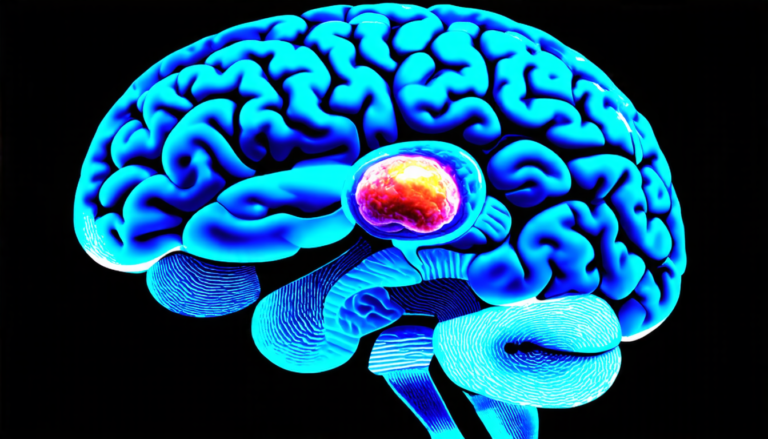Monday 17 November 2025
Researchers have made a significant breakthrough in the field of direction-of-arrival (DoA) estimation, which is crucial for various applications such as autonomous vehicles, radar systems, and wireless communication networks. The new method, called HYPERDOA, uses a unique approach that combines the power of artificial intelligence with the efficiency of hyperdimensional computing.
The problem of DoA estimation arises when trying to determine the direction from which a signal is coming. This is especially challenging in situations where there are multiple sources or low signal-to-noise ratios. Traditional methods often rely on complex mathematical calculations and matrix decompositions, which can be computationally intensive and energy-hungry.
HYPERDOA takes a different approach by using hyperdimensional computing, also known as vector symbolic architectures. This method represents data as high-dimensional vectors, allowing for more efficient and robust processing. The algorithm is designed to work with various types of signals, including narrowband and wideband sources.
The HYPERDOA system consists of four main stages: feature extraction, HDC encoding, associative memory, and multi-source decoding. In the first stage, features are extracted from the signal data using two different methods: mean spatial-lag autocorrelation and spatial smoothing. These features are then encoded into high-dimensional vectors using a hyperdimensional encoder.
The associative memory is where HYPERDOA really shines. This stage uses a pattern recognition approach to match the encoded vector with stored prototypes, allowing for efficient and robust DoA estimation. The algorithm can handle multiple sources and coherent signals, which is a major improvement over traditional methods.
Finally, the multi-source decoding stage identifies the peaks in the angular pseudo-spectrum generated by the associative memory, allowing for accurate DoA estimation.
Researchers tested HYPERDOA using various scenarios and compared it to other state-of-the-art methods. The results showed that HYPERDOA significantly outperformed these traditional methods in terms of accuracy and energy efficiency. In particular, HYPERDOA achieved a 35.39% improvement in accuracy over the next best method in low signal-to-noise ratio conditions.
The implications of HYPERDOA are far-reaching, with potential applications in various fields such as autonomous vehicles, radar systems, and wireless communication networks. The algorithm’s ability to efficiently process complex signals makes it an attractive solution for resource-constrained devices.
Overall, HYPERDOA represents a major advancement in the field of DoA estimation, offering improved accuracy and energy efficiency over traditional methods.
Cite this article: “Breakthrough in Direction-of-Arrival Estimation with HYPERDOA Algorithm”, The Science Archive, 2025.
Direction-Of-Arrival, Hyperdoa, Artificial Intelligence, Hyperdimensional Computing, Vector Symbolic Architectures, Signal Processing, Autonomous Vehicles, Radar Systems, Wireless Communication Networks, Machine Learning







